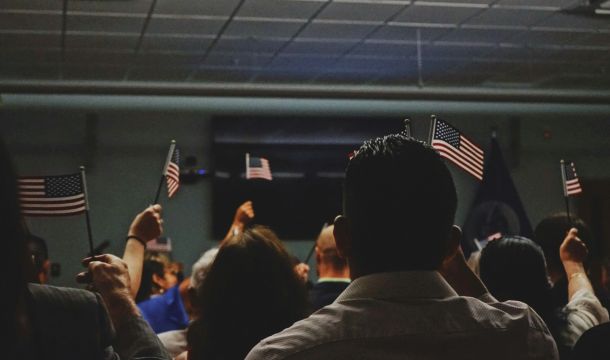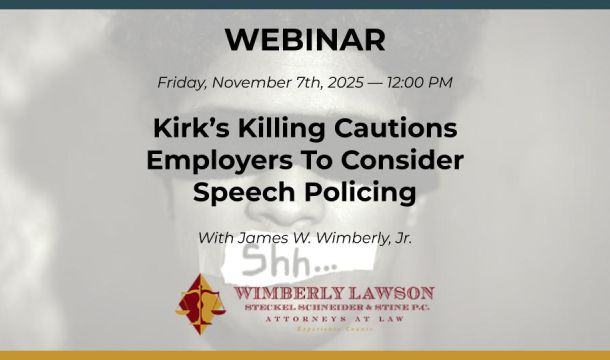Supreme Court Rejects Union Access to Employer's Property in California
A strong ruling for employers' private property rights was issued by the U.S. Supreme Court in June in Cedar Point Nursery v. Hassid, No. 20-107 (June 23, 2021). The Court ruled that a California regulation that gives union organizers access to workers on employers' farms violates the property rights of the owners. Chief Justice Roberts wrote the 6-3 majority ruling. He said that giving the organizers access to the private property was the kind of uncompensated "taking" of private property by the government that the U.S. Constitution forbids.
A California state regulation had granted union organizers a right to physically enter and occupy the farmers' land for three hours per day, 120 days per year. Justice Roberts wrote: "The regulation appropriate for the enjoyment of third parties the owners' right to exclude." Justice Breyer, in dissent, worried that the Court's ruling would endanger any government intrusion on private property. The majority opinion said, however, that there was room for exceptions for law enforcement and health and safety inspections under the decision.
The state law was an outgrowth of the Cesar Chavez farmworker movement in the 1970s, when it was argued that the seasonal and isolated nature of agricultural labor made access to the fields essential so workers could exercise their right to organize a union. The ruling thus reinforces the Court's commitment to private property rights, which some Justices have viewed as under threat from over-reaching government regulations.
Editor's Note: There are two significant ramifications of this important ruling on property rights. First, it is likely that this case can be argued to oppose the many rulings of the National Labor Relations Board (NLRB) and other government agencies that require access to employers' properties for any number of reasons, such as the argument that employees should have the right to use the employer's email systems and the like for union organizing purposes. There remains to be seen what the NLRB and other government agencies will do with this important Supreme Court precedent, particularly since the Republican majority on the NLRB is likely to end in late August. A second interesting question is whether and how the Constitutional problem in the California regulation can be overcome. That is, the question is whether either the Labor Board or unions find a way to compensate employers for the time spent on employer property or using employer equipment.
This is part of our August 2021 Newsletter.
Click here to download the newsletter PDF
Related Content
Get Email Updates
Recent Content

Update of Work Authorization Immigration Status as of October 8, 2025

Workplace Investigations Largely Shut down, but Courts Remain Open during Shutdown for Now

Kirk’s Killing Cautions Employers To Consider Speech Policing

Trump Nominates Appointments to NLRB and EEOC but Policy Changes Likely to Be Delayed

DOL Launches Self-Audit Programs Designed to Help Employers Improve Compliance
